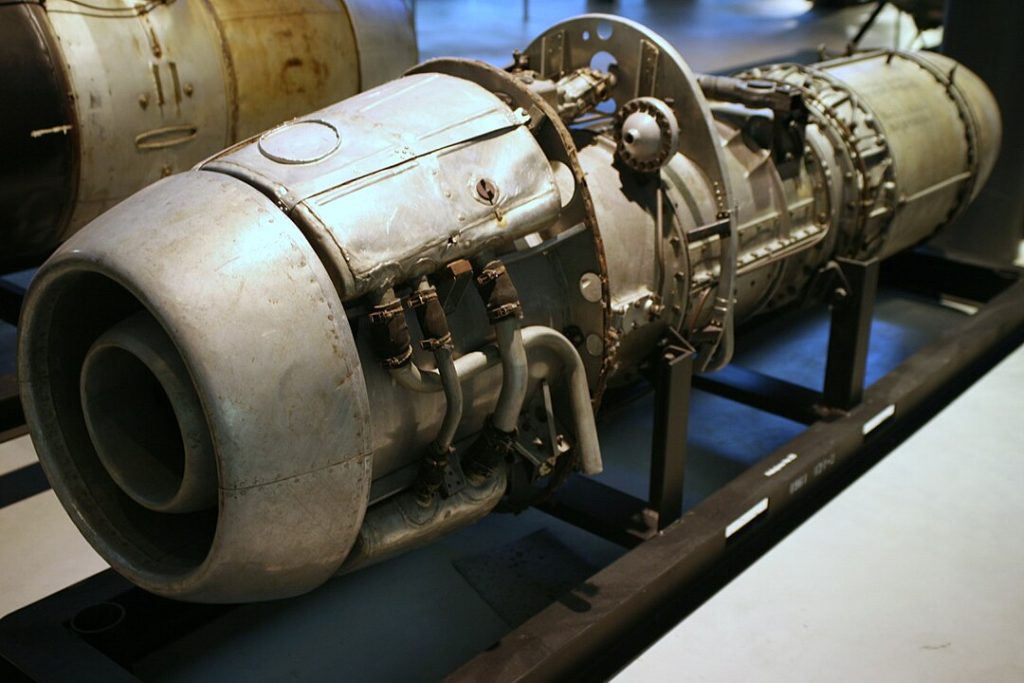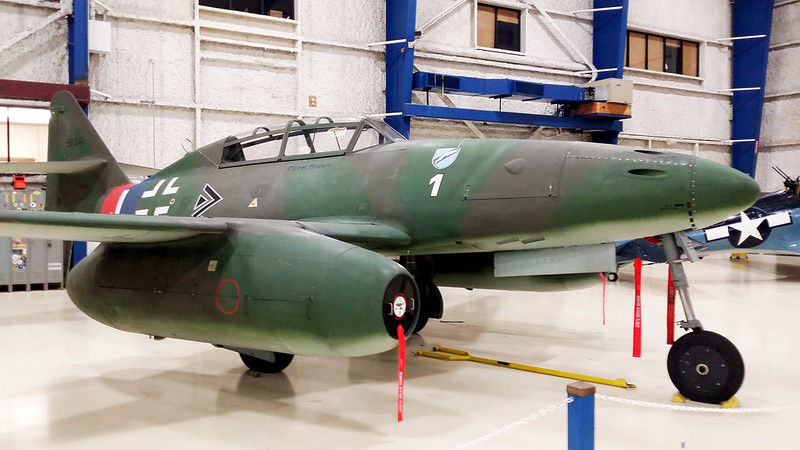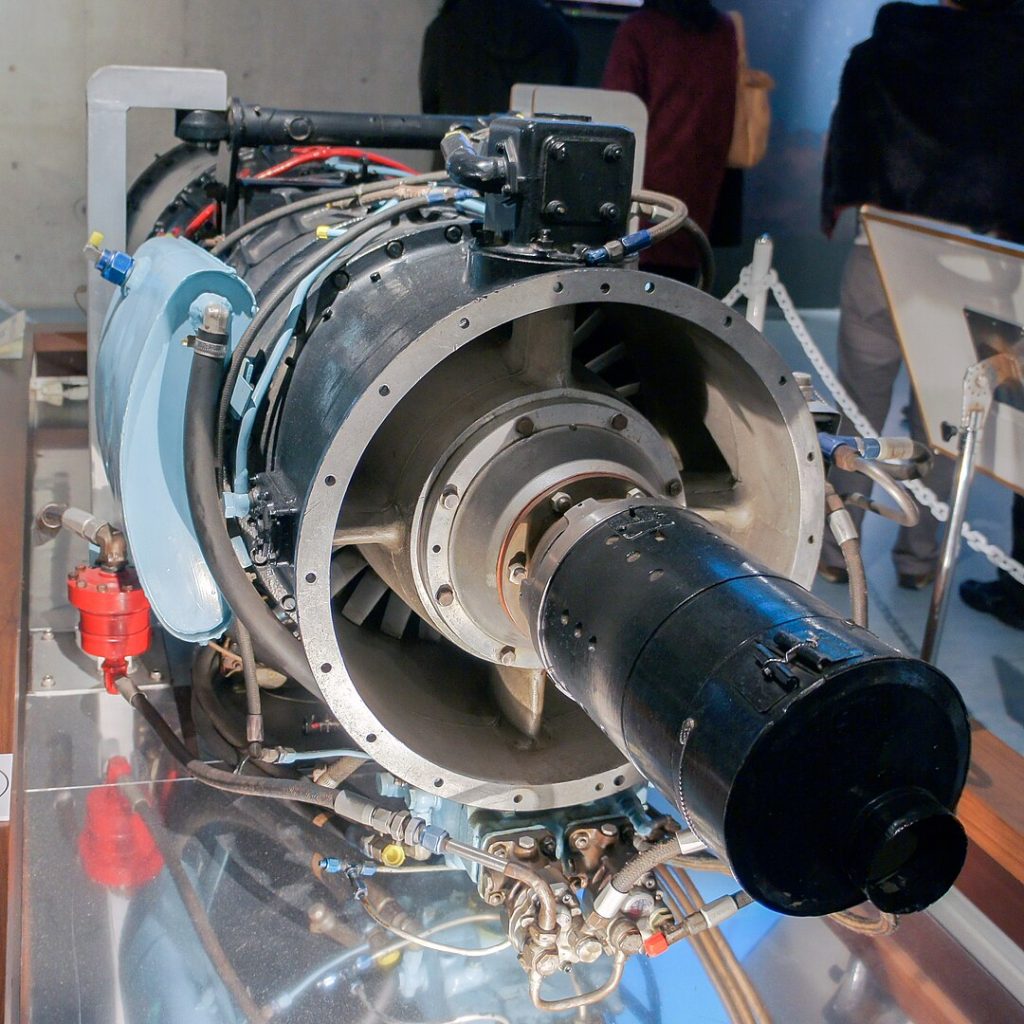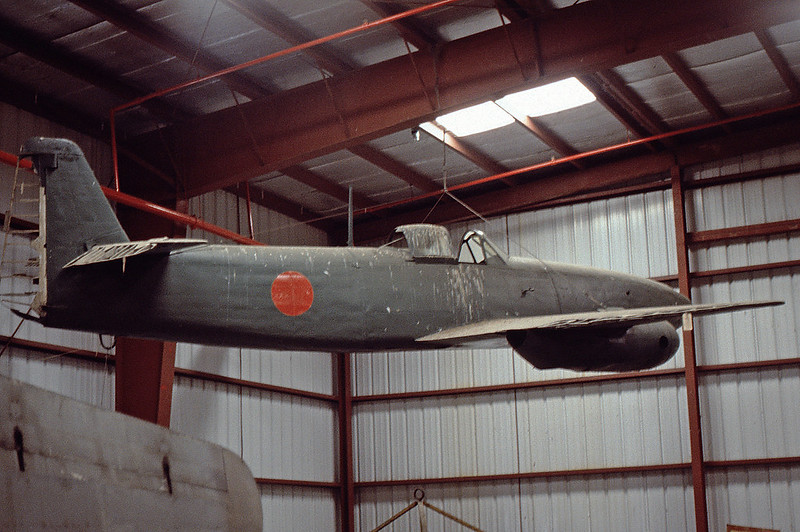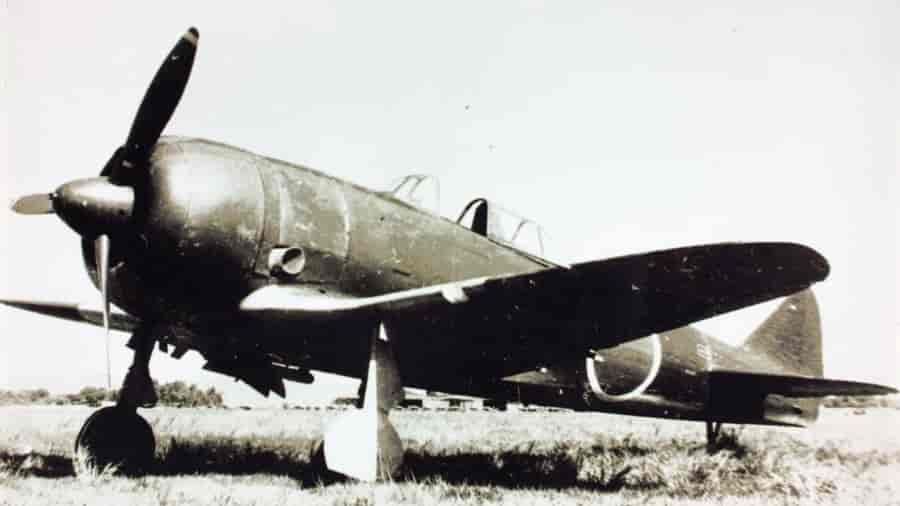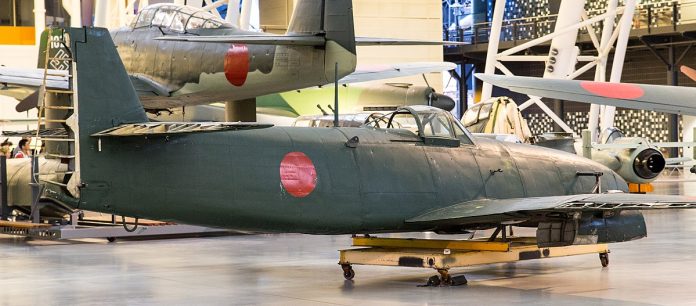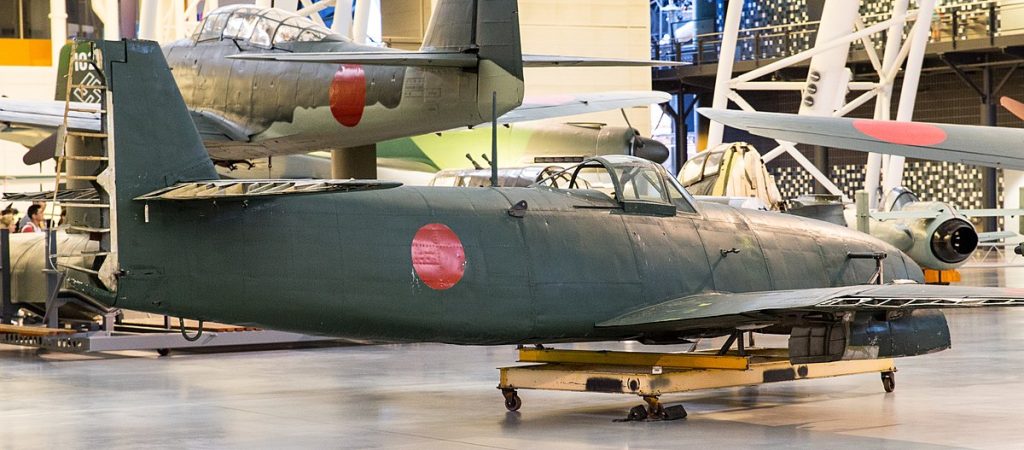
In the waning days of World War II, Japan made a final bid to match the aeronautical advancements of the Allies, culminating in the first and only flight of the Nakajima Kikka on August 7, 1945. Known as the “Orange Blossom” or “Imperial Weapon No. 2,” this jet aircraft took to the skies in a test of its capabilities, against a backdrop of cataclysmic events that would soon lead to Japan’s surrender.

The story of the Nakajima Kikka is intertwined with the development of Nazi Germany’s famed Messerschmitt Me 262—the world’s first operational jet-powered fighter. Japanese officials were so impressed by the reports from the flight trials of the Me 262 in 1942 that they instructed the Nakajima firm to develop a similar aircraft. Engineers Kazuo Ohno and Kenichi Matsumura spearheaded the challenging project, which aimed to produce an aircraft capable of reaching over 430 miles per hour, with a minimum operational range of 125 miles, and the ability to carry a 1,100-pound bomb payload.
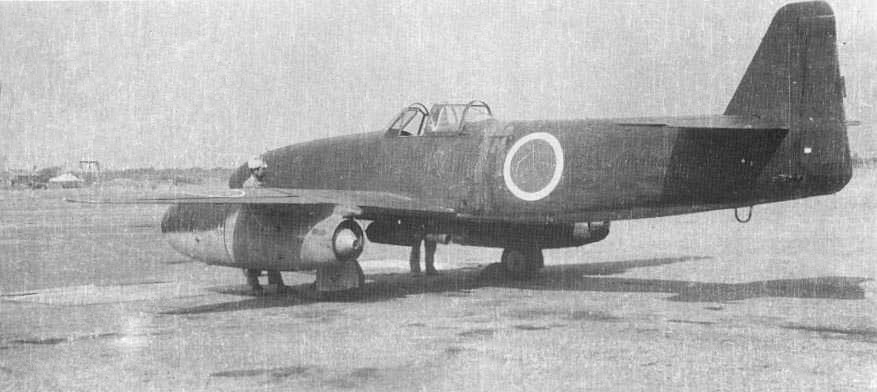
The design specifications for the Kikka pushed beyond what the Germans had achieved, calling for additional features like two rocket boosters for augmented engine power and hinged wings that allowed for concealment in fortified tunnels. However, this ambitious endeavor faced significant setbacks, particularly when intercepted German U-Boat U-234, carrying technical materials for Japan—including crucial aircraft parts and plans—was captured by the Allies on May 15, 1945.
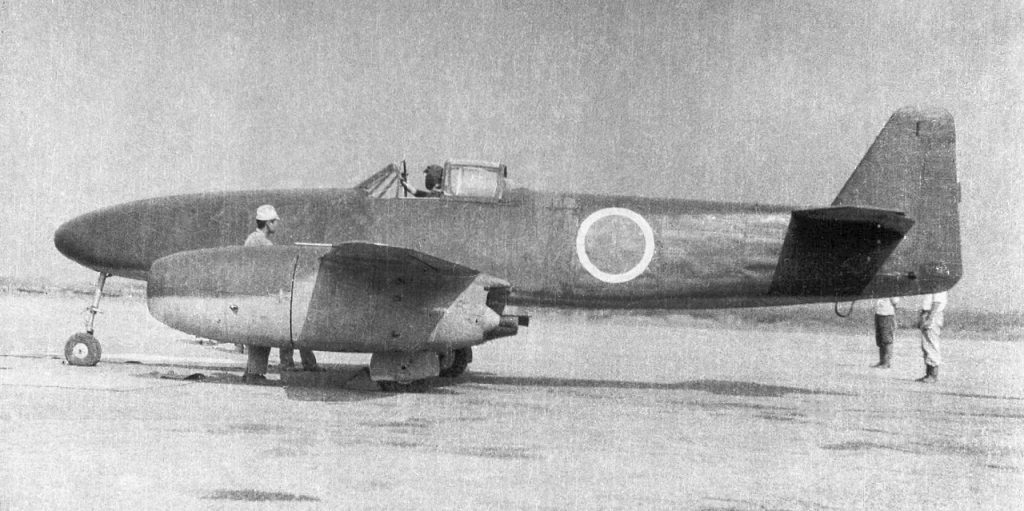
Compounding these challenges, Japanese engineers worked from incomplete blueprints and contended with engine development issues. Three different engines were tested before settling on the Ne-20, which was substantially inspired by the German BMW 003 turbojet. Despite these hurdles, the Kikka resembled the Me 262 but was noticeably smaller and even more convention in design. with straight wings as opposed to the German jet’s swept wings.
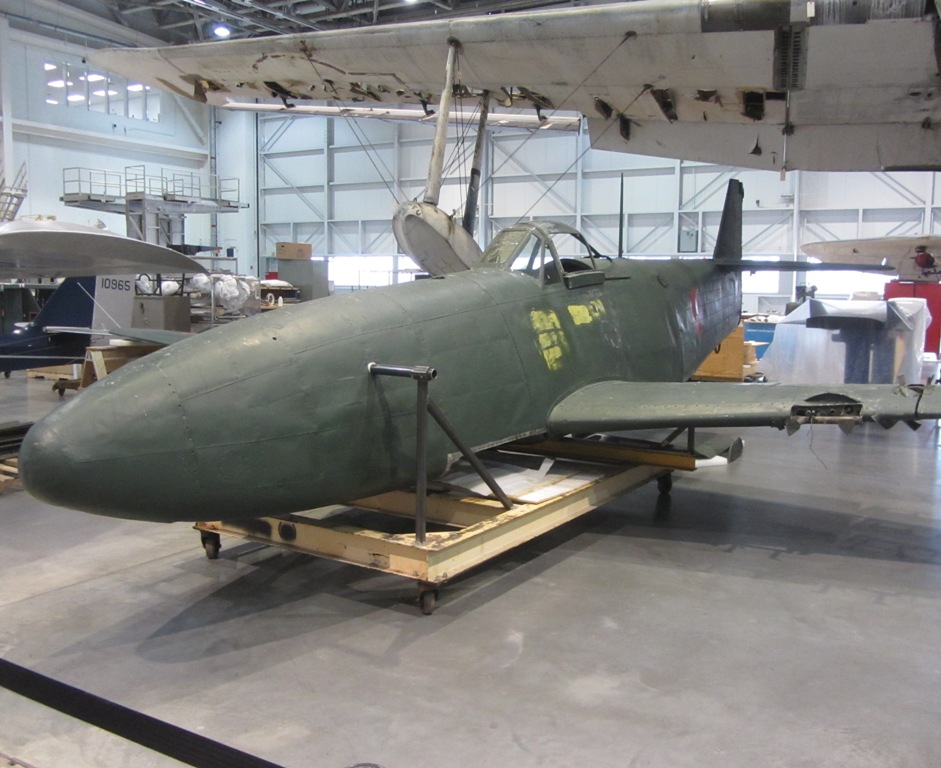
On its maiden flight, the Kikka took off with Lieutenant Commander Susumu Takaoka at the controls, heralding Japan’s foray into jet propulsion. However, a second flight attempt on August 11 ended in a crash into Tokyo Bay due to misaligned takeoff-assist rockets. Four days later, the project, along with Japan’s wartime aspirations, came to an abrupt halt as Japan announced its surrender on August 15, 1945.
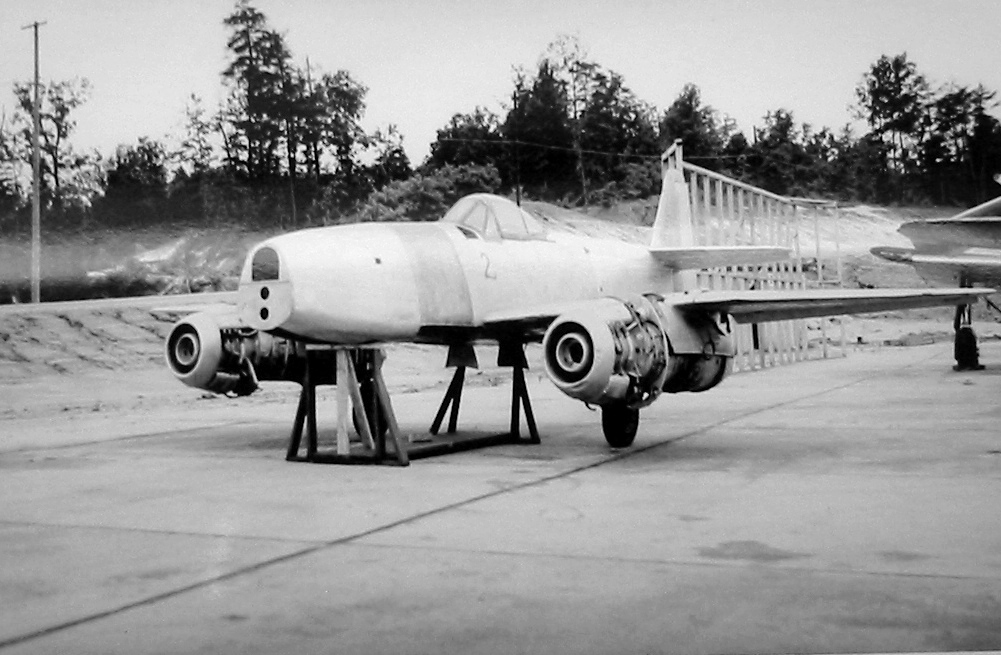
In a twist of historical irony, the Kikka’s test flight occurred just one day after the U.S. Army Air Force’s B-29 bomber “Enola Gay” dropped an atomic bomb over Hiroshima, underscoring the rapid advancement of warfare technology and its profound impact on the war’s trajectory.
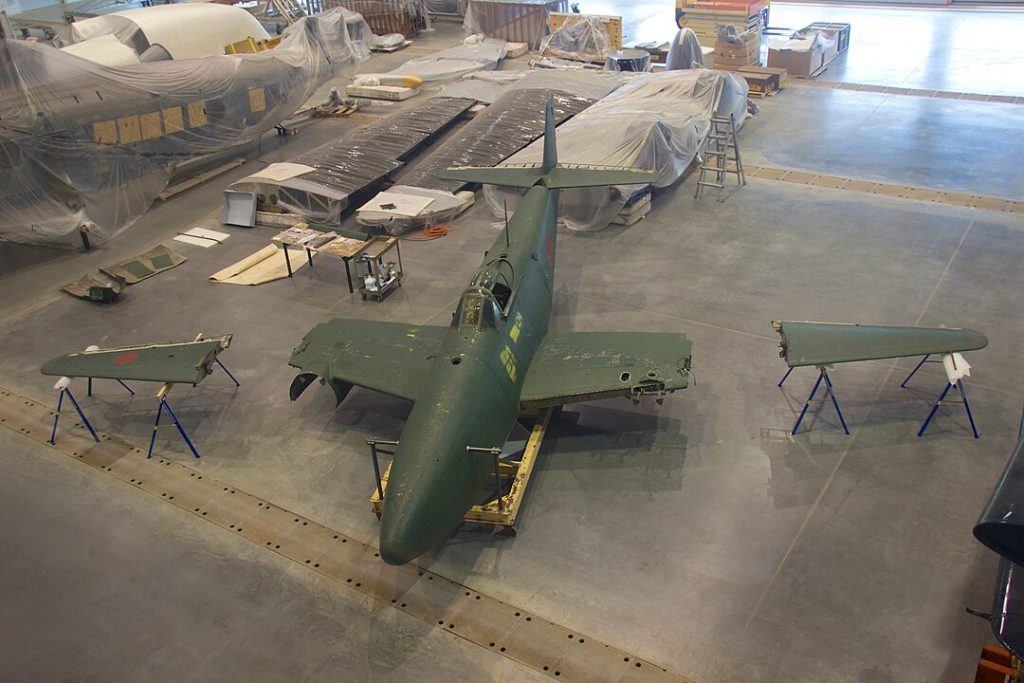
Following the war, approximately ten Kikka prototypes in various construction stages were discovered. Some were shipped to the United States for examination, with two examples now residing in the National Air and Space Museum. One of these was intended for load testing, not flight, offering insights into the design’s endurance.
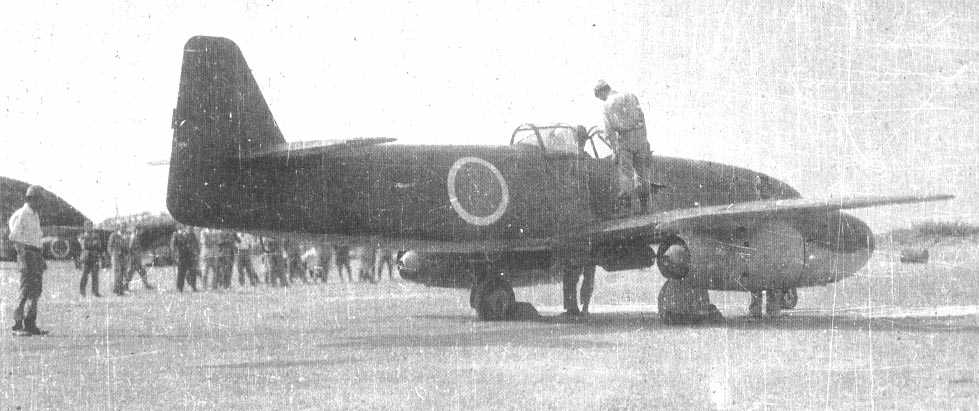
The potential impact of the Nakajima Kikka, had it been completed and deployed in numbers, remains a topic of debate among historians and aeronautics experts. Some argue that, like Germany’s “wonder weapons,” the Kikka arrived too late to alter the course of the war. Nonetheless, it represents a remarkable episode in aviation history.
related images you might be interested.
